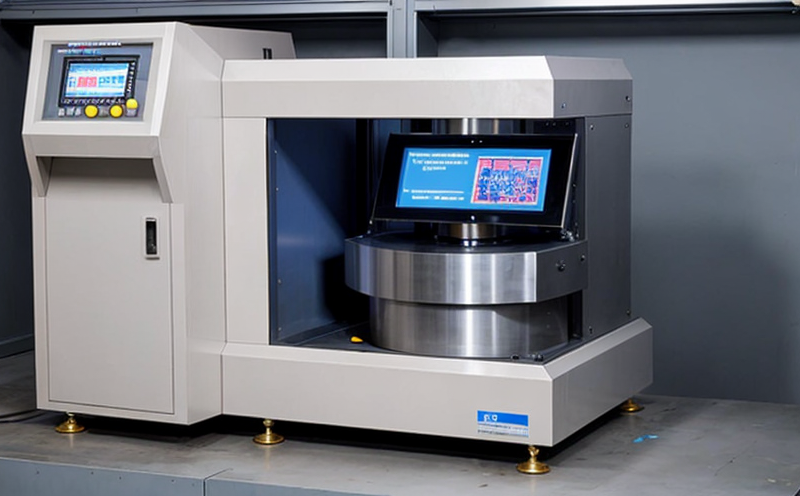ISO 25178 Surface Texture Measurement by 3D Profilometry
The ISO standard ISO 25178 provides a comprehensive framework for the measurement of surface texture using three-dimensional (3D) profilometry. This technique enables the detailed analysis of micro- and macro-surface features, which is crucial in ensuring the dimensional accuracy and quality of parts produced via additive manufacturing (AM) and 3D printing processes.
Accurate surface texture measurements are essential for several reasons within this sector. Firstly, they contribute to the overall mechanical properties of a part by influencing friction, wear resistance, and adhesion characteristics. Secondly, in AM, where layers are added incrementally, any deviation from the intended geometry can have significant effects on final part performance. Lastly, achieving precise surface texture is vital for ensuring compatibility with subsequent finishing processes.
The 3D profilometry process involves scanning a specimen's surface using optical or tactile probes to create a digital representation of its topography. This data is then processed according to ISO 25178 guidelines to determine various parameters such as roughness, waviness, and lay direction. The method offers high-resolution imaging that captures even the finest details, making it indispensable for quality control in AM.
The procedure outlined in ISO 25178 ensures consistency across different laboratories by standardizing terminology, measurement conditions, and evaluation methods. This is particularly important given the variability inherent in AM processes. By adhering to these standards, manufacturers can ensure reproducibility of results, which enhances trust among stakeholders.
One key aspect of ISO 25178 involves selecting appropriate sampling areas on the part's surface. These areas must represent typical conditions under which the product will be used, thus ensuring that measurements are relevant to real-world applications. Additionally, careful specimen preparation is necessary; this includes removing any non-representative features such as tool marks or burrs.
Instrumentation plays a critical role in achieving accurate measurements according to ISO 25178. High-quality profilometers equipped with advanced software solutions are required. These tools must offer precision, repeatability, and stability over extended periods of operation. Regular calibration against traceable standards further ensures reliability.
In summary, ISO 25178 surface texture measurement by 3D profilometry is vital for maintaining high standards in additive manufacturing processes. It provides a robust foundation for ensuring part integrity while facilitating effective communication between designers, manufacturers, and end-users regarding expected performance characteristics.
Industry Applications
| Application | Description |
|---|---|
| Additive Manufacturing Quality Control | Evaluating surface textures to ensure compliance with design specifications. |
| Material Compatibility Assessment | Determining the suitability of surfaces for bonding or coating applications. |
| Surface Finish Optimization | Refining processes to achieve desired micro-texture profiles. |
| Friction and Wear Analysis | Evaluating how surface textures affect component longevity in dynamic environments. |
The ability to accurately measure surface texture using ISO 25178 is particularly beneficial for industries reliant on advanced manufacturing techniques like AM. These sectors include aerospace, automotive, and medical device fabrication where precision and reliability are paramount.
Customer Impact and Satisfaction
- Enhanced confidence in product quality through standardized testing procedures.
- Promotes better decision-making by providing precise data on surface characteristics.
- Aids in troubleshooting issues related to manufacturing processes or material selection.
- Fosters improved communication between suppliers and customers regarding expectations.
For quality managers, compliance officers, R&D engineers, and procurement teams involved in AM projects, ISO 25178 surface texture measurement ensures that parts meet stringent requirements. This not only enhances customer satisfaction but also contributes to brand reputation by delivering reliable products.
International Acceptance and Recognition
- The standard is widely adopted in Europe, North America, and Asia-Pacific regions.
- Many global organizations have incorporated ISO 25178 into their quality management systems.
- It serves as a benchmark for international trade agreements related to AM components.
The widespread acceptance of this standard underscores its significance in the field. Compliance with ISO 25178 demonstrates commitment to best practices and fosters trust within an increasingly interconnected global market.





